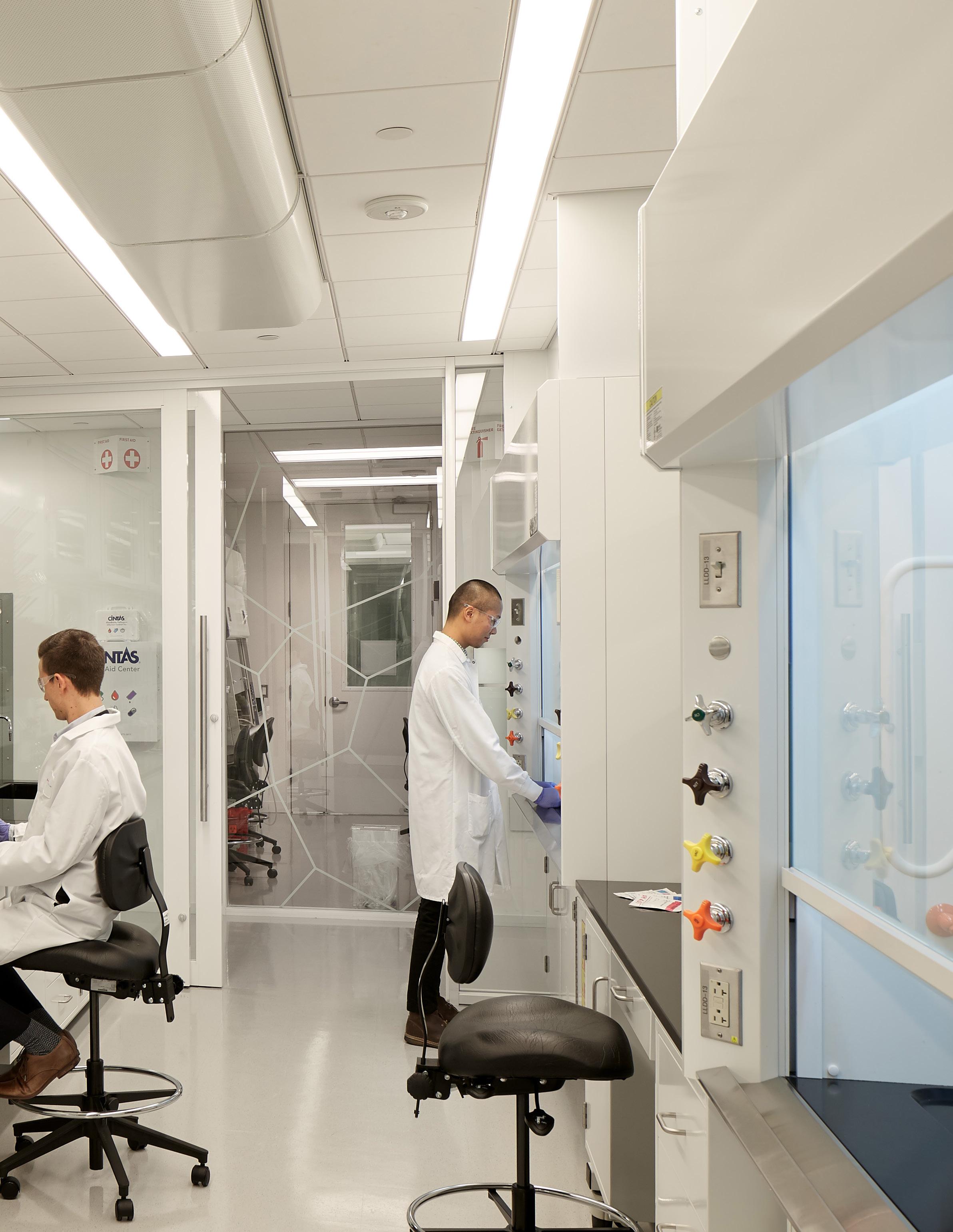




The PhiloWilke Partnership was formed in 1985 by Dana Wilke and Roger Philo on the premise that the best way to serve their clients is to provide industry-specialized design with client-specific solutions from a team of expertise-driven architects. They created their firm with a niche focus – healthcare and research architecture – and began integrating and training everyone in the office, from administrative staff to interns to architects, in order to respond to each client’s unique requests.
After 39 years, PhiloWilke continues to encompass architecture, interior design, planning and development for clients while staying true to Dana and Roger’s founding mission. Our team has grown into a distinct organizational structure, providing the personal and specialized service of a small firm coupled with the depth of resources and experience offered by a large organization. While our core business continues to concentrate on healthcare and research architecture, our team has cultivated a diverse portfolio including science and technology, higher education, and commercial projects. Our design philosophy drives a process that values collaboration, practical design, and strategic consensus-building to help our clients achieve their goals.
Our extraordinary and collective experience has propelled PhiloWilke to design many high-profile and technically complicated health science projects, including one-of-a-kind and first-of-a-kind projects for cutting edge research facilities. A few of our unique projects include one of the first unshielded cyclotrons as part of a new cGMP facility for the University of Texas MD Anderson Cancer Center, the largest NMR facility in the nation located at Texas A&M University, and the first research facility for regional health research in El Paso for the Medical Center of the Americas. Our 20+ year history of work with major institutions in the southeast Texas region and beyond has earned us recognition as a go-to planning and architecture practice for challenging research and laboratory facilities with unique processes and unique vision for the future of health.


Our highly specialized team is committed to innovation in health science planning and design. We are inspired by the communities and organizations we work with. Our architects, planners, and designers deliver technical design experience, comprehensive planning, and disciplined project management to ensure the long-term success of safe laboratories and research facilities. We design projects that prioritize the human experience, planning for extraordinary discoveries while accommodating the everyday realities of scientists working towards those goals.
Cathryn Horan, aia | associate partner
Director of Health Science
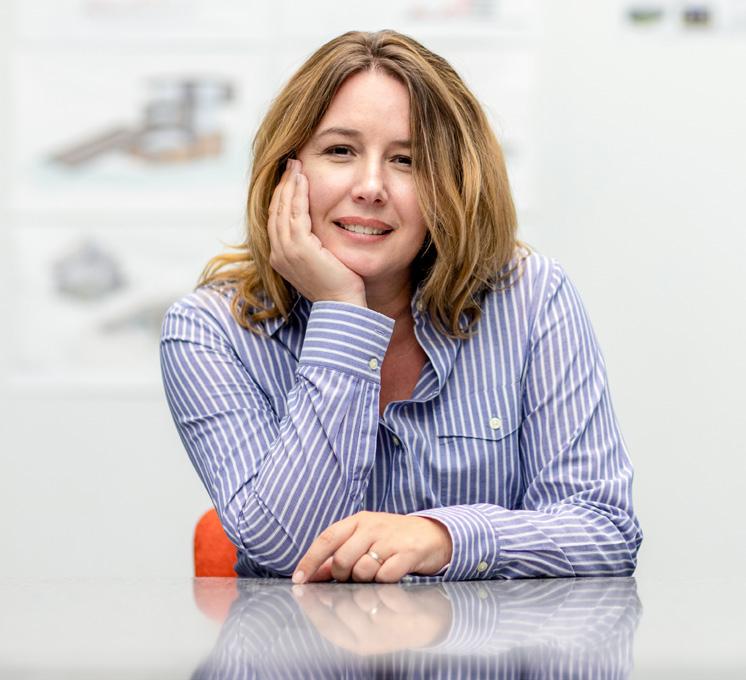
Registered Architect TX #19266
Rice University
Master of Architecture
University of Michigan,
Bachelor of Science in Architecture
YEARS WITH FIRM 22
CITY OF RESIDENCE
Houston, Texas
REFERENCE: Jay Miranti, MD Anderson Cancer Center 832.785.7211 | agmirant@mdanderson.org
Cathryn Horan specializes in healthcare and health science projects and provides planning and project management services for a variety of clients from small start-ups to large complex institutions and is recognized for her ability to integrate interactions between the user and the built environment to create aesthetically and functionally successful spaces.
With more than 20 years expertise in complex health science projects, Cathryn understands the challenges facing clients and creates high-performance environments that increase user satisfaction. Her understanding of overall building design allows her to successfully integrate design concepts and systems at a conceptual level. Adhering to strict security, safety, and established facility protocols while maximizing efficiency.
Cathryn is highly regarded for her technical detail and thorough project management style and recognized as an expert among peers and clients for her comprehensive understanding of the complexities of academic/research facilities, including lab design and equipment specifications. Her extensive design and planning experience allows her to navigate the challenges of complex projects. Integrating architecture and design to create significant spaces and humanizing environments are central to Cathryn’s professional practice.
HIGHLIGHTED PROJECT – University of Texas MD Anderson Cancer Center Life Science Plaza | Houston, TX
The University of Texas MD Anderson requested a new biomedical research laboratory. The program included approximately 60,000 sf of laboratory space on two floors, 30,000 sf of administrative space, and an additional 10,000 sf of laboratory support. The directive was to have the project complete and ready for move-in in one year. As Lab Planner, Cathryn worked with Linbeck Construction, the Construction Manager at Risk company – working as a team both proceeded immediately with developing a program and a construction time line to meet the schedule.
Cathryn identified goals for the project delivery, setting the ground work for expectations from each team member, and establishing the means by which accountability would occur. The success of the project was possible by including high level leadership from the owner who supported the project goals, standardizing the design, and involving the construction team early on in the design process.
SELECT EXPERIENCE
Confidential Client I Houston, TX
Medical Research Laboratory + Office Build-Out
University of Texas MD Anderson Cancer Center I Houston, TX
LSP Biologics Feasibility Study
Life Sciences Plaza
Zayed Research Building - Phases 2B, 2C and 3
South Campus Research Building - No. 1 and 2
Center for Advanced Biomedical Imaging Research
Texas State University I San Marcos, TX
Center for Research and Commercialization
Medical Center of the Americas I El Paso, TX
Cardwell Collaborative Building
UT Health I Houston, TX
Pathology Lab Feasibility Study
School of Public Health Programming
South Campus Research Building 3 - Biomedical Research Lab
NMR Electron Microscope Renovation
Johnson & Johnson Innovation
JLABS @ TMC
Ziopharm Oncology
cGMP Facility Planning and Feasibility
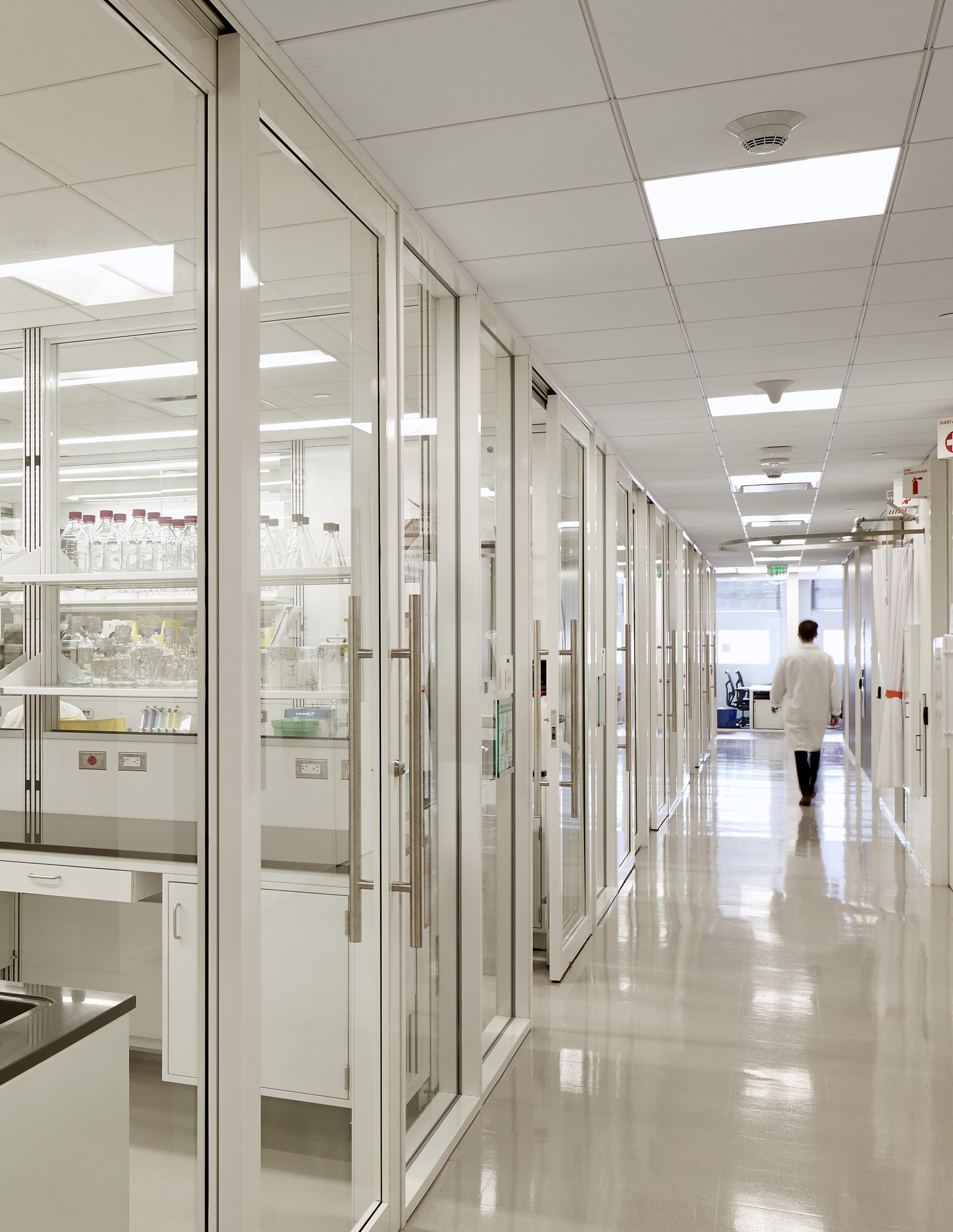
“Community is why we do what we do. It is why we specialize in healthcare and health science architecture. Helping to heal people, either through a hospital or a laboratory.”

nuprobe | houston, tx

COMPLETED: 12.2019
PROJECT SIZE: 9,700 sf
PROJECT TYPE: Build-out
The project is a first-time lab build for NuProbe, a rapidly growing medical research and production company, specializing in cancer care. The project was completed in two phases in an existing tenant space. The first phase encompasses about 9,700 sf and included laboratories for pre- and post PCR, technical desks, and packaging area as well as leadership offices and public lobby and display center. The second phase incorporates additional lab workspaces and offices. Even though the building is dedicated to biomedical research, the existing mechanical and electrical infrastructure was not adequate for the lab and was updated for this tenant. The project began with programming and conceptual planning to assist the lab technicians and manager with designing a new lab space –something they had never been responsible for. The final lab plan meets their current needs and allows them to focus on growth of their business.


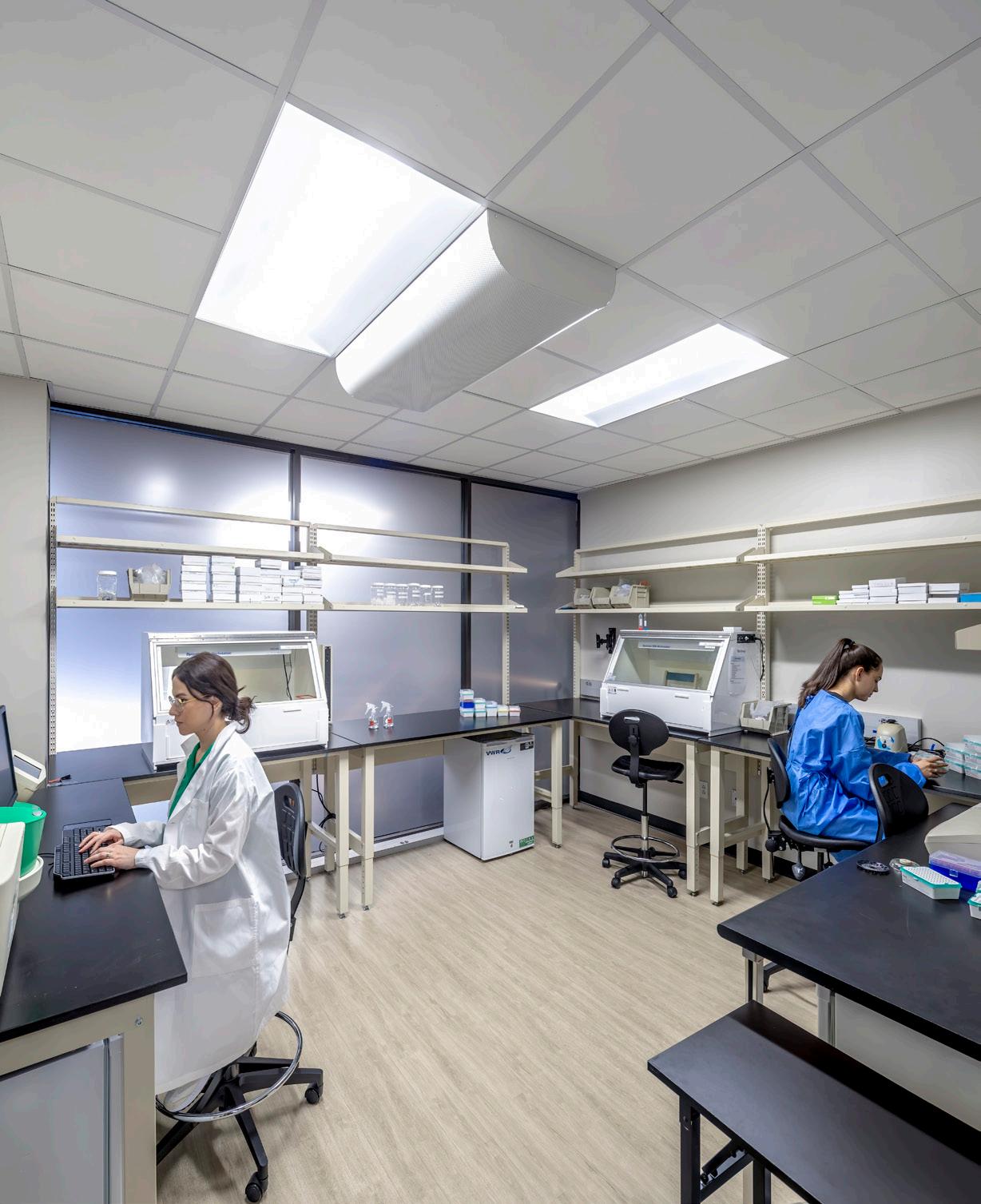
LEGEND
General Lab
Special Lab
Lab Support
Lab Circulation
Office
Technical Desks
Public Space
Not in Scope
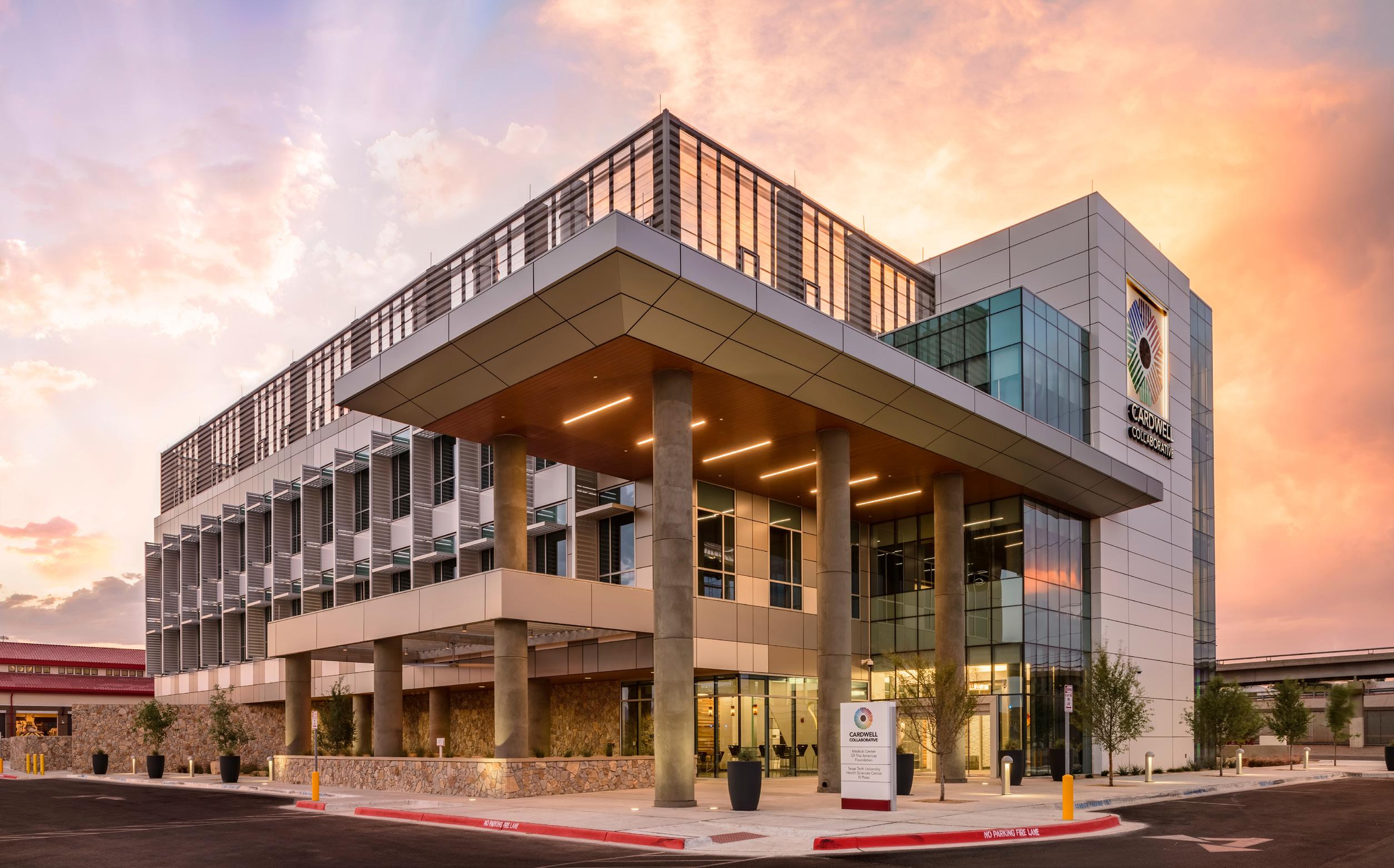
COMPLETION: 05.2016
PROJECT SIZE: 60,000 sf
PROJECT TYPE: New
AWARDS:
2016 AIA DESIGN AWARD - EL PASO
2016 Texas Tech College of Architecture Design Award
The MCA Foundation had a vision to create “a look into the future”, a statement that announced the arrival of the Medical Center of the Americas throughout the biotechnology industry. More importantly, they sought to revitalize the economically distressed community surrounding the Technology Park.
To achieve this level of stature the foundation required an iconic structure. The Cardwell Collaborative’s distinctively modern design provides a sense of transparency, aesthetically expressing the research being done within. To articulate this feature, the transparent glazing and stair towers offer the occupants’ views of the local landscape, while acting as a visual experience to those passing by. This transparent exterior creates a dynamic visual element through the use of continually changing LED lighting. The canted and bent façade, a subtle nod to the region’s mountain range and its cantilevered brow becomes a lit beacon at night.



Establishing a design standard for all future architectural language used on campus, and raises the bar for future design within the city.
The building is unmistakable whether traveling East or West through-out the City. Designed to support growth for the region’s existing biomedical cluster, the new research facility provides office suites, laboratories, incubator, and other flexible work spaces suitable for start-up companies. To ensure the facility’s design was ideal for researchers, vibration and acoustical studies were conducted for the surrounding thoroughfares.
The building itself is designed to meet LEED Silver certification, with unique sustainable technology showcased throughout. Materials are locally sourced and manufactured, with native drought resistant landscaping and vegetation, with plum studies to reduce extensive exhaust pollution. Due the sites existing conditions, the landscape was reclaimed and revitalized to withstand harsh weather conditions
as the seasons change.
This facility serves as a modern-day landmark, symbolizing innovation and growth within the Paseo del Norte region and biomedical field of study.
ut md anderson cancer center | houston, tx



COMPLETION: 6.2010
PROJECT SIZE: 250,000 sf
PROJECT TYPE: New THE STATS
SCRB 3 is state-of-the art imaging research and translational patient-care facility for UT M. D. Anderson Cancer Center on a 3.8 acre site in the UT Research Park near the Texas Medical Center. The Center was a collaboration among several vested interest groups, including UT M. D. Anderson, UT Health Science Center-Houston and GE HealthCare Imaging This six-story facility houses everything needed from equipment invention to initial discovery through evaluation in the patient population under one roof. SCRB 3 focuses on developing, refining and applying new imaging techniques for the nation’s top two leading causes of death: cancer and heart disease. The facility also includes a cyclotron, vivarium, clinical treatment areas, and biomedical research laboratories.
ut md anderson cancer center| houston, tx

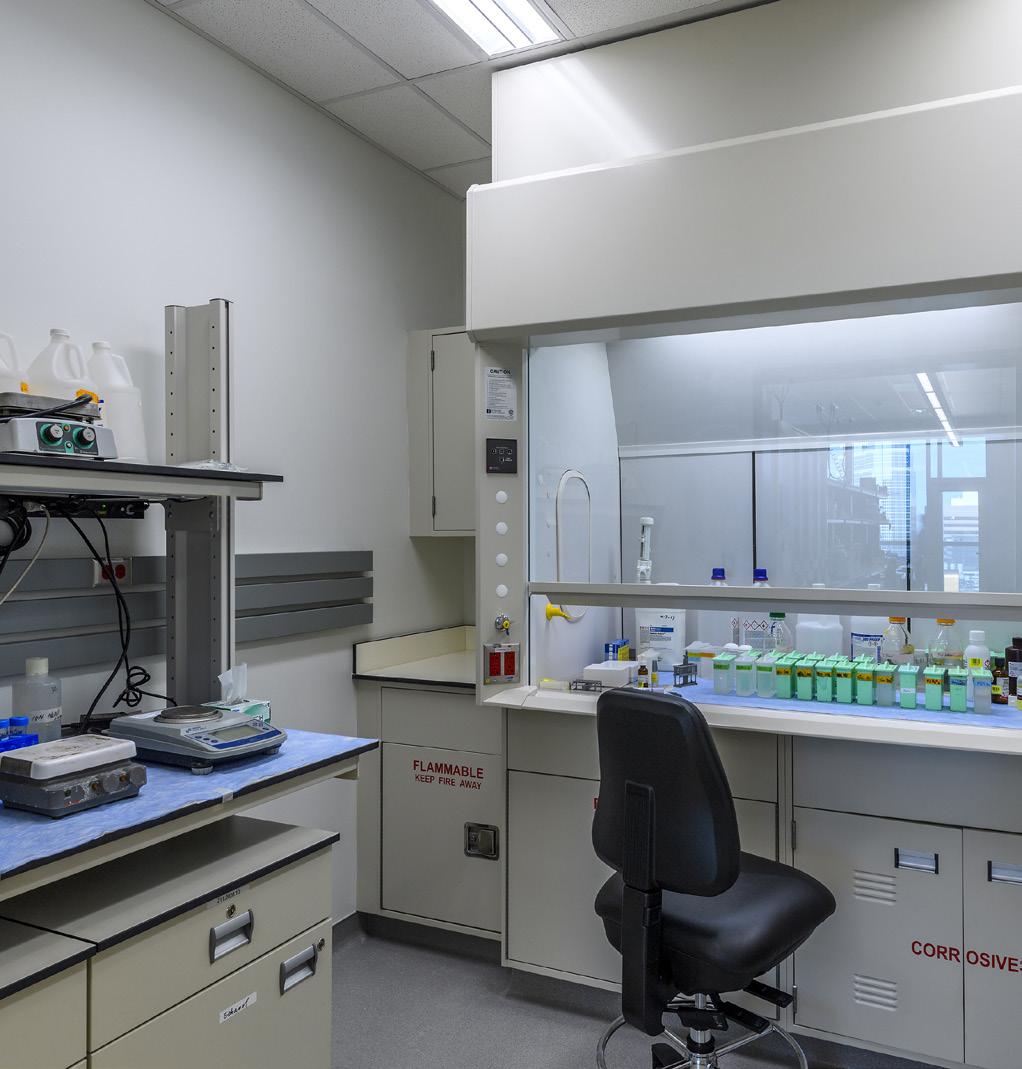
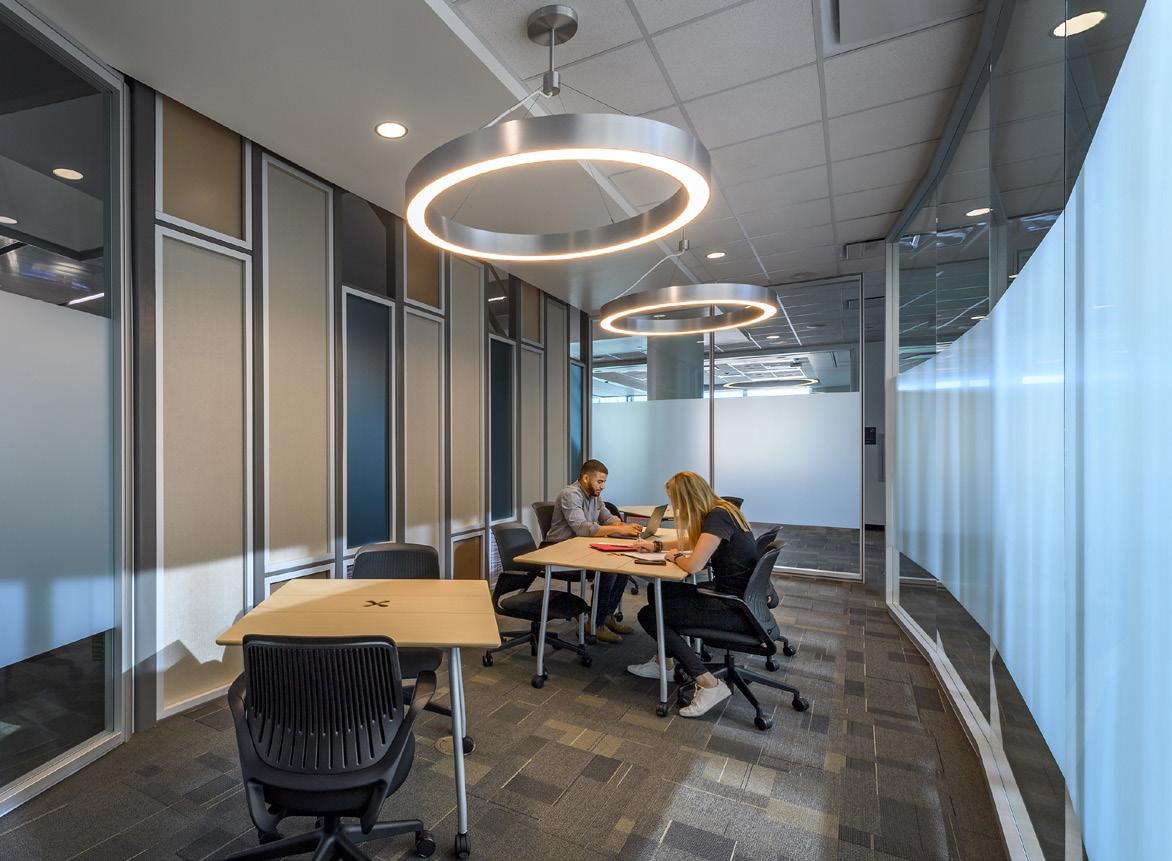

COMPLETION: 05.2019
PROJECT SIZE: 220,600 sf
PROJECT TYPE: Build-out THE STATS
The build-out included approximately 220,600 square feet of shell space on nine floors in the existing twelve story MD Anderson Cancer Center Sheikh Zayed building. The biomedical research laboratories were designed with specific requirements for the principle investigators assigned to the areas including equipment, power and data, and other utilities, while maintaining the adaptable layout of each floor. The design took into account the restricted hazardous materials quantities that are allowed in the current building codes and standards, ensuring the safety of building occupants in the high-rise environment. The existing shell floors were renovated to include provisions for additional hazardous materials if needed in the future. The project also included the fitout of a conference center on the second floor of the building, available for large group conferences and small group meetings. Additional collaboration areas are incorporated near each laboratory area.

LOCATION: Houston, TX
PROJECT SIZE: 9,400 sf
PROJECT TYPE: New
PhiloWilke Partnership was selected as the lab planner for Johnson & Johnson’s newest incubator start-up “work space”.
J Labs was designed to be a home for incubator startup companies. Johnson & Johnson Innovation desired a space which inhabited both scientific research and collaborative areas for cultivation of new ideas. While designing only a portion of the facility, our challenge was anything but simple. We needed to create a laboratory system that inspired the scientists it housed while meeting all code requirements.
As the facility’s Lab Planner, PhiloWilke had limited access to decision makers during the design phase. To ensure we were able to capture the needs of the facility users, we prepared our design sessions knowing that decisions would need to be made quickly. Based on the preliminary information we generated a number of lab options for their reaction. With our ability to work within the building model onsite we were able to manipulated the owner’s selected scheme within the meeting and produce the optimal
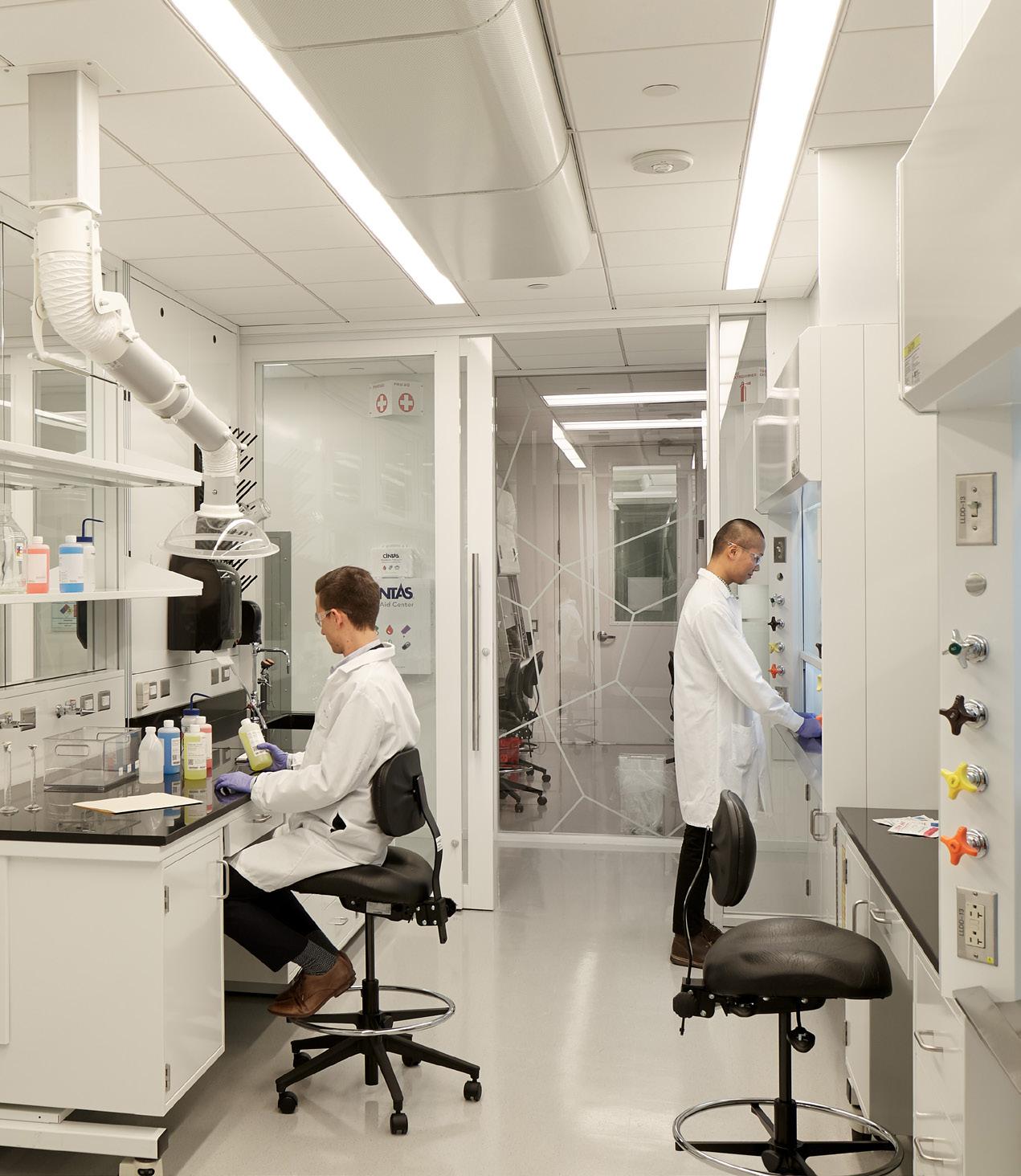
solution. By working interactively with the client we were able to gain design approval within a single meeting and advanced our design schedule.
The laboratory allows companies the ability to grow or shrink as needed. A company could grow from a single bench to twenty benches, allowing them the flexibility to expand without the burden of an independent facility of their own.
The goal of Johnson & Johnson Innovation’s J Labs @ TMC was to create a space that empowers researchers and startup companies to succeed. This space was specifically designed to draw researchers, giving them access to specialized equipment within one of the nation’s largest medical and research hubs in the heart of Houston’s medical center. The facility house’s J Labs first medical device prototype lab and encourages collaboration through the built environment. Spaces include administrative offices, forensic laboratories, modular wet lab units and a collaborative workshop. Often start up companies’ lab work is confidential due to its


nature. However, we were able to create a balance between the two areas giving the public a view into the laboratory but keeping the sensitive work in a secure environment. Ensuring the safety of their discoveries was imperative to the researchers, each individual lab space has its own specific key card and only designated team members are permitted access. In addition, to the incredible space where researchers transform their ideas into reality, they are also given access to Johnson & Johnson’s network of investors and scientists helping them move their medical and research breakthroughs from bench to bedside.
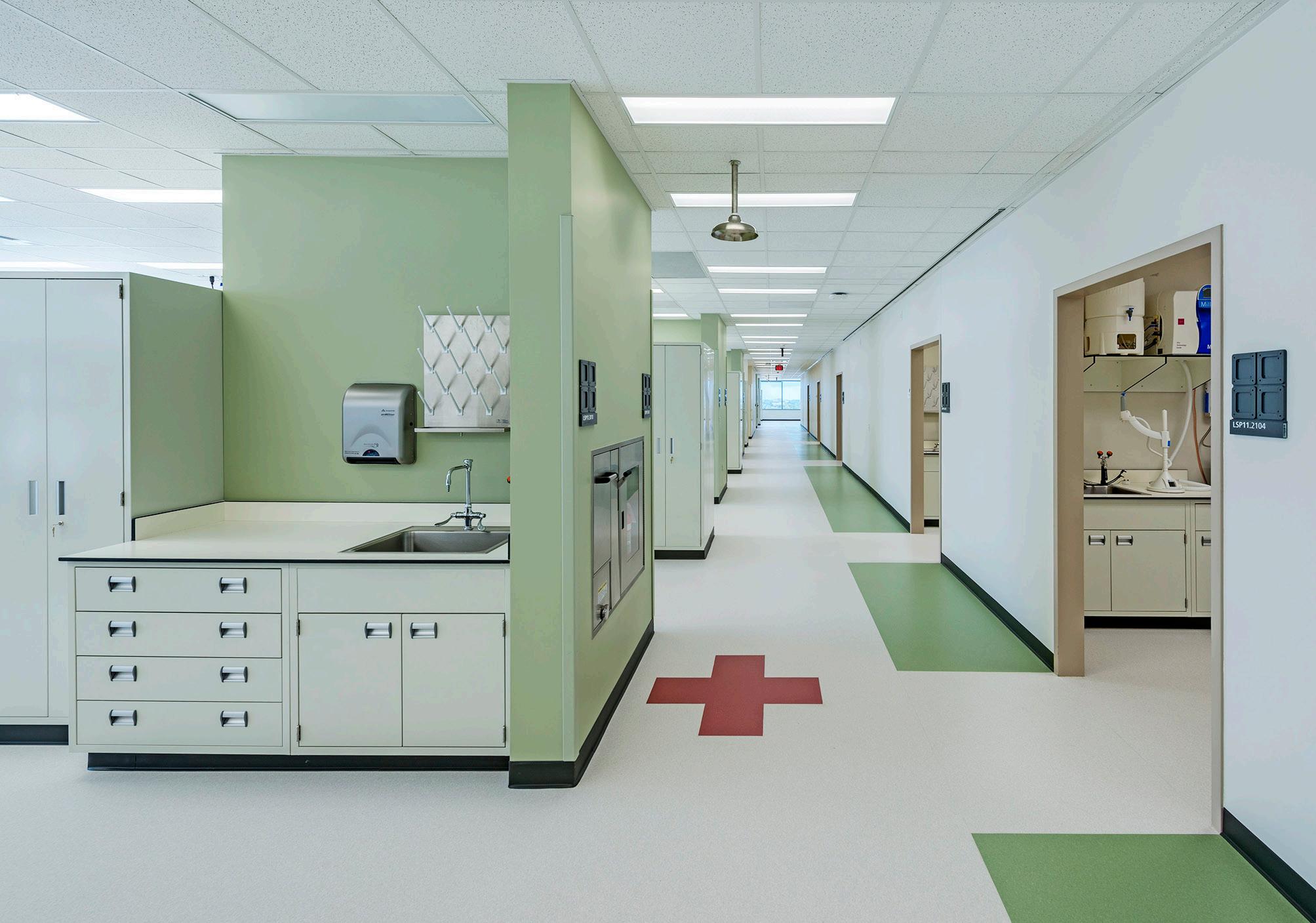

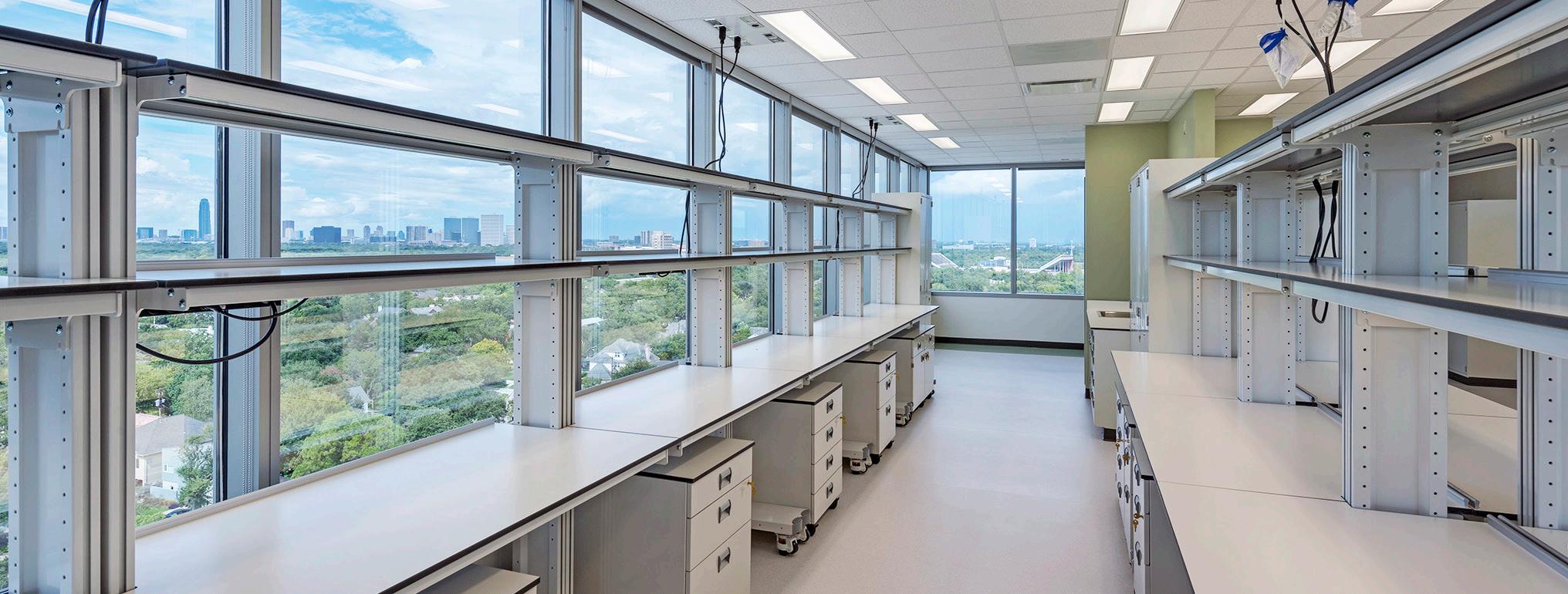
THE STATS
COMPLETION: 07.2013
PROJECT SIZE: 120,000 sf
PROJECT TYPE: Build-out
This large, hyper-track research project is a build-out of shell space on multiple floors for biomedical research laboratory, support space, and offices. Higher education research laboratories by their nature are complex, requiring careful and often time-consuming consideration throughout planning, design, and construction. Spaces must meet quality and testing requirements and be flexible enough to meet demands of various users without the high costs associated with the goals of infinitely flexible space. We continue to increase our challenges by creating “impossible” deadlines: this is not just a challenge to see if it can be done, but brings forth real dialogue about the benefits of realizing projects in less time. Allowing users to move into their spaces more quickly is a tangible benefit to institutions competing for world class researchers.
This study was conducted to support the rapidly growing Biologics Development department and evaluate existing laboratory and office space on the eighth floor of the Life Science Plaza building. The project area, previously occupied by a pharmaceutical company, needed to be updated to better serve analytical and process development laboratories. Two floor plan schemes and budgets were created; one based on a minor renovation that would be achieved in the quickest amount of time, and a the other a longer term plan that would be more expensive but more ideally suit the needs of the department.
COMPLETION: 04.2021
PROJECT SIZE: 29,000 sf
PROJECT TYPE: Planning THE STATS
LEGEND
General Lab
Special Lab
Lab Support
Lab Circulation
Office
Technical Desks
Public Space
Not in Scope
texas state university| san marcos, tx
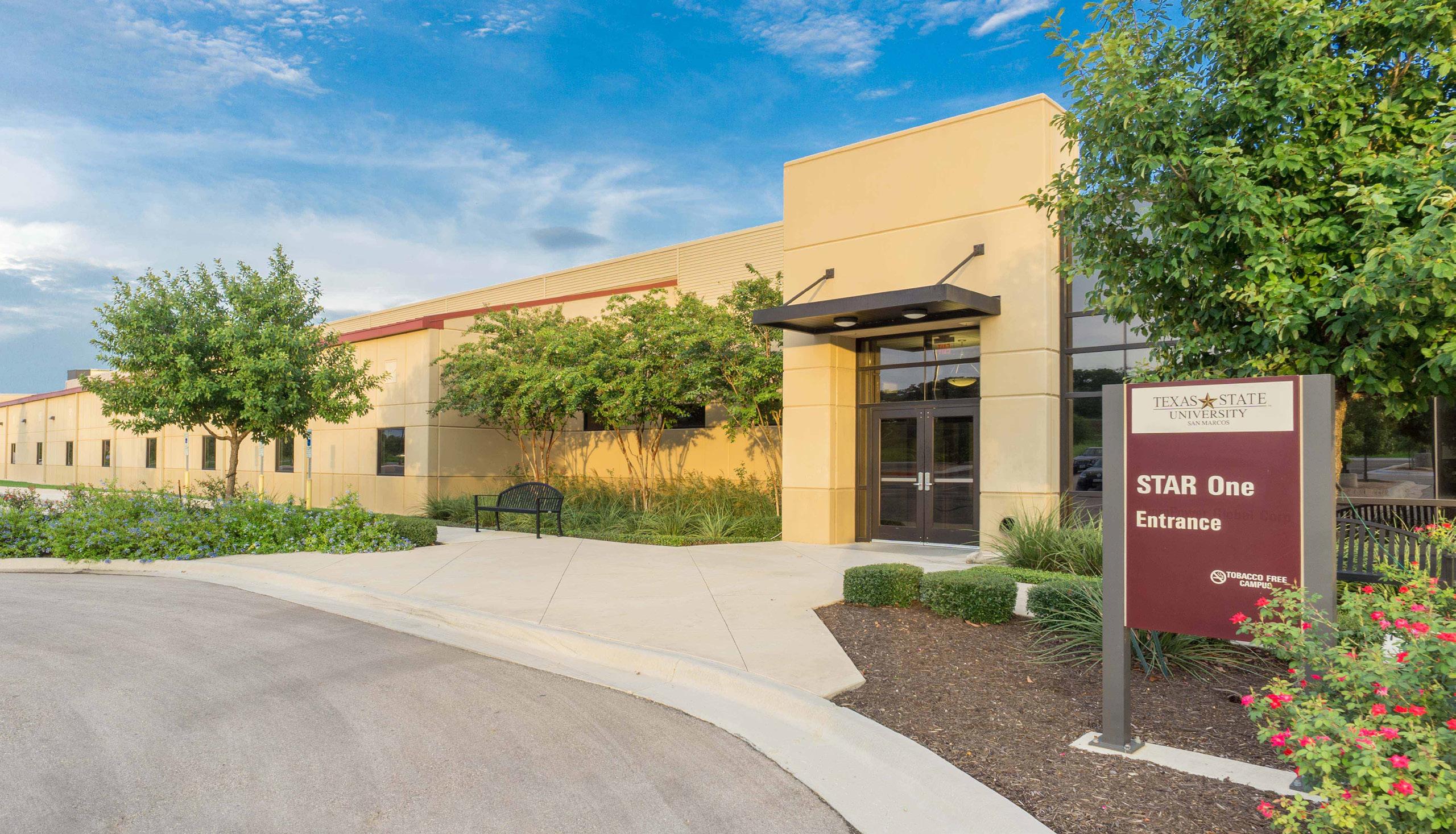
STATS
COMPLETION: 2016
PROJECT SIZE: 36,000 sf
PROJECT TYPE: New
PhiloWilke Partnership was awarded phase 1 & phase II of Texas State’s First Commercialization research facility.
The Science, Technology, and Advanced Research (STAR) Park is a 58-acre site that hosts STAR One, Texas State’s first building dedicated to the university’s research and commercialization efforts. PhiloWilke provided master planning and design services to integrate the University’s new incubator program into the campus. When selected, our team was asked to conduct master planning for the future park, to verify building placement, land use and consistency of campus’ image.
STAR One was planned as a two-part multi-phased project. The University provided an outlined space program, which we verified. The program consisted of office, support, building administration and lab spaces, with small conference and staff areas. Confirming all specified elements, further development of materials and laboratory requirements. Another portion of the initial project scope was designing for future expansion.
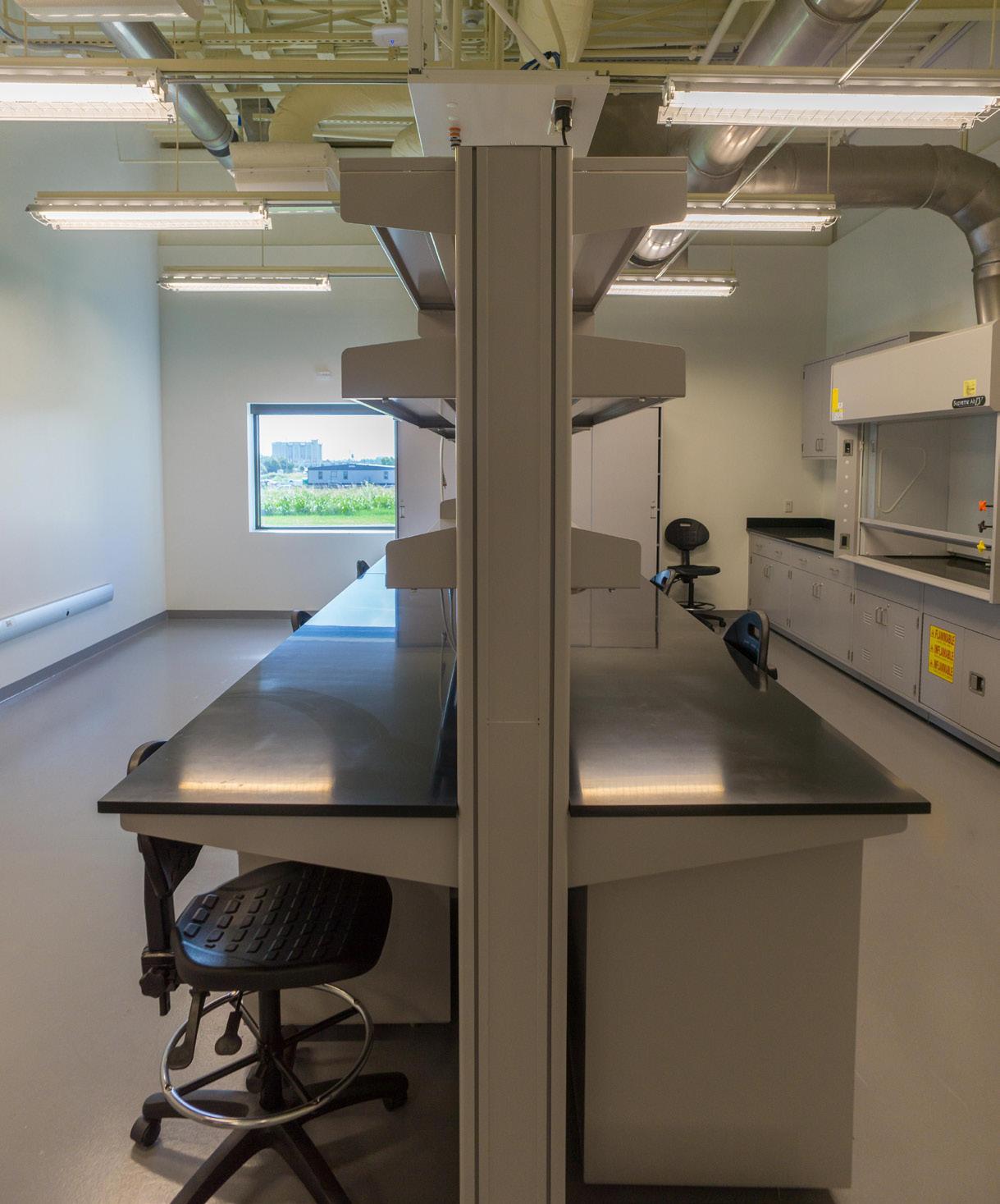
Our team was awarded the STAR One expansion, not long after the completion of phase one. The secondary design was guided by the concept of collaboration. Although we had the same goal as the previous phase, this portion featured a conference center. Both projects required extensive coordination and availability of the design team. As a Texas based architectural firm, traveling to the job site is part of our process, we met on-site every other week during design and every week during construction to ensure Texas State’s objective were met.
A commercialized technology facility’s primary focus is product invention and development. As a technology incubator, STAR One was planned to attract start-up and early-stage businesses, by providing access to secure laboratory and office spaces. The design was intended to encourage research and commercial development. Just as every invention is unique, so are the laboratories they are built in. Lab flexibility was critical to the design, we incorporated a standardized lab system, that could be easily customized or
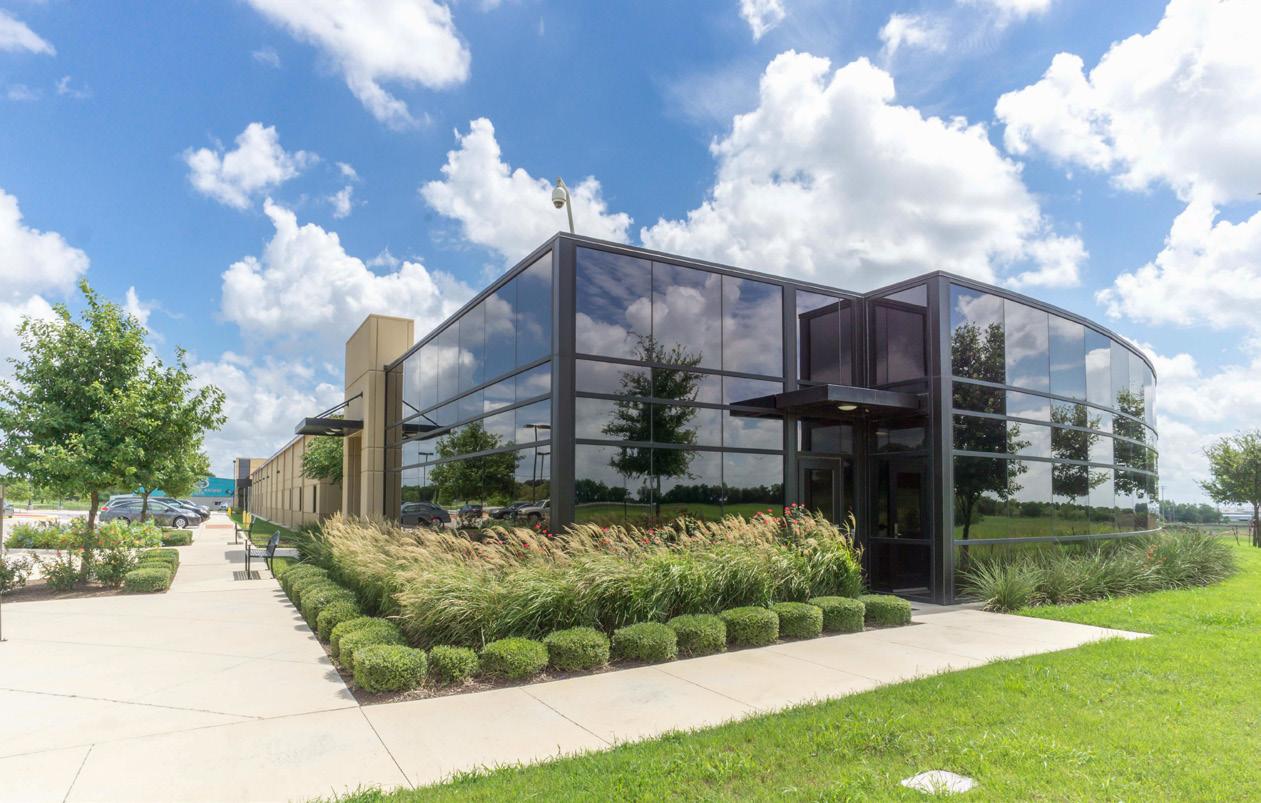

converted into clean labs as desired. Flexible bench labs were integrated, to grow with the tenants needs.
As the STAR One facility is unique to its location, demand for incubator space was high. Phase One and Two were designed to make the expansion process as simple as possible. Due to the increased demand, the University was eager to complete the facilities expansion. With our previous knowledge of Texas State System and the STAR Park, we met the aggressive schedule and accelerated the project’s speed-to-market. This forward thinking enabled Texas State University and its tenants to grow without limitations.
ziopharm oncology | houston, tx KITTING AND STORAGE LN2
KITTING AND STORAGE
received, goes into LN2 into closed process after initial processing. manufacturing area.
1
centrifuged, washed and Activities occur in BSC incubator.
removed from BSC and back into
WAREHOUSE
Patient sample received, goes into LN2 storage and then into closed process Returns to LN2 after initial processing. LN2 is not in manufacturing area.
0 Cells thawed, centrifuged, washed and placed in buffer. Activities occur in BSC and then placed incubator.
013 Cells are routinely removed from incubator into BSC and back into incubator.
washed, and media is required for remaining separated and placed back with growth media.
14 Cells centrifuged, washed, and media is exchanged. Cells required for remaining process are separated and placed back into incubator with growth media.
removed from BSC and back into to earlier stages. removed from cells to allow growth media.
1529
washed, concentrated. product is quarantined outside of cleanroom.
30
Cells harvested, washed, concentrated. Once complete, product is quarantined for 6-24 hours, outside of cleanroom. SAMPLE
WAREHOUSE
Cells are routinely removed from incubator into BSC and back into incubator, similar to earlier stages. Excess fluid removed from cells to allow for addition of growth media.
PLANNING DATES: 07.2020 - 08.2020
PROJECT SIZE: 18,000 sf
PROJECT TYPE: Planning THE STATS
A biotech company with facilities in the northeast, Ziopharm Oncology (now Alaunos) planned this Houston expansion to transition their immunotherapies into production for personalized cancer care. Taking over a space formerly occupied with clean rooms, offices, and warehousing the planning for this new GMP facility included process planning for production, manufacturing, quality assurance and quality control. The result of the program identified the best renovations needed to quickly take over the space. Based on the process plan and conceptual test fits, the project was broken down into phases for completion of the much needed office space first, while the laboratories and production areas would take more time to plan.